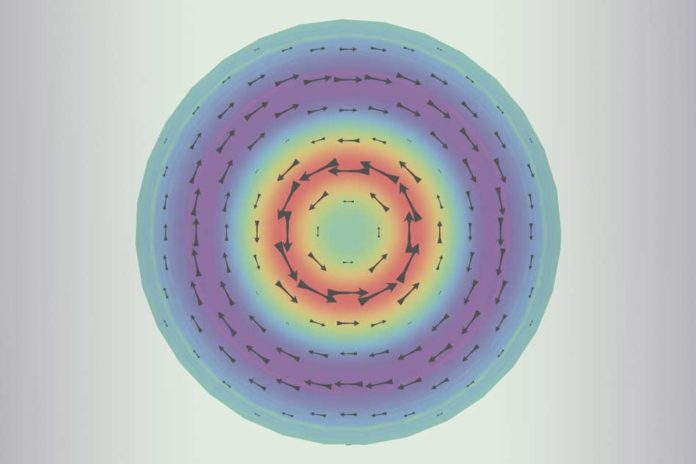Neutron stars are the smallest and densest objects in the Universe, inside which gravitational forces crush protons and electrons together, turning them into particles known as neutrons. The stars have immense pressure that one teaspoon of a star’s material would equal about 15 times the weight of the moon. Yet as it turns out, protons contain even higher pressures.
Now, MIT scientists for the first time have quantified a proton’s pressure distribution. They discovered that the particle contains a highly pressurized core that, at its most intense point. Thus, it generates immense pressure than a neutron star.
For the study, scientists considered both quarks and gluons, the proton’s fundamental, subatomic constituents.
Lead author Phiala Shanahan, assistant professor of physics at MIT said, “Pressure is a fundamental aspect of the proton that we know very little about at the moment. Now we’ve found that quarks and gluons in the center of the proton are generating significant outward pressure, and further to the edges, there’s a confining pressure. With this result, we’re driving toward a complete picture of the proton’s structure.”
The inspiration for the work has emerged from physicists at the U.S. Department of Energy’s Thomas Jefferson National Accelerator Facility. In May 2018, they had measured the proton’s pressure distribution for the first time. At that time, they used a beam of electrons that they fired at a target made of hydrogen. The electrons interacted with quarks inside the protons in the target.
The physicists then determined the pressure distribution throughout the proton, based on the way in which the electrons scattered from the target. Their results showed a high-pressure center in the proton that at its point of highest pressure measured about 1035 pascals or 10 times the pressure inside a neutron star.
Undoubtedly, their results were fascinating. But, they were subjected to various assumptions that were necessary because of our incomplete understanding.
Their pressure estimates on the interactions of a proton’s quarks, but not its gluons. Thus, they were only able to determine the contributions of quarks with its detector, which leaves out a large part of a proton’s pressure contribution.
In a new study, scientists observed gluons’ role by using supercomputers instead of measuring proton’s pressure using particle accelerators. They wanted to estimate the interactions between quarks and gluons that contribute to a proton’s pressure.
They used a method called lattice QCD, for quantum chromodynamics, which is a set of equations that describes the strong force, one of the three fundamental forces of the Standard Model of particle physics. This strong force is responsible for the strong bond between quarks and gluons, that makes up a proton.
Lattice QCD calculations use a four-dimensional grid, or lattice, of points to represent the three dimensions of space and one of time. The researchers calculated the pressure inside the proton using the equations of Quantum Chromodynamics defined on the lattice.
Phiala Shanahan, assistant professor of physics at MIT said, “It’s hugely computationally demanding, so we use the most powerful supercomputers in the world to do these calculations.
After running various configuration for about 18 months, they determined that the average pressure at each point from the center of the proton, out to its edge.
Compared with the Jefferson Lab results, their outcomes suggests that the distribution of pressure in the proton shifted significantly.
The highest pressure in the proton is around 1035 pascals, or 10 times that of a neutron star, similar to what researchers at Jefferson Lab reported. The surrounding low-pressure region extends farther than previously estimated.
Shanahan said, “Confirming these new calculations will require much more powerful detectors, such as the Electron-Ion Collider, a proposed particle accelerator that physicists aim to use to probe the inner structures of protons and neutrons, in more detail than ever before, including gluons.”
“We’re in the early days of understanding quantitatively the role of gluons in a proton. By combining the experimentally measured quark contribution, with our new calculation of the gluon piece, we have the first complete picture of the proton’s pressure, which is a prediction that can be tested at the new collider in the next 10 years.”
The physicists’ results, published today in Physical Review Letters. Shanahan carried out the study with co-author William Detmold, associate professor of physics at MIT.
